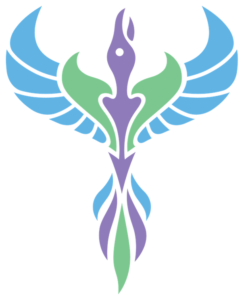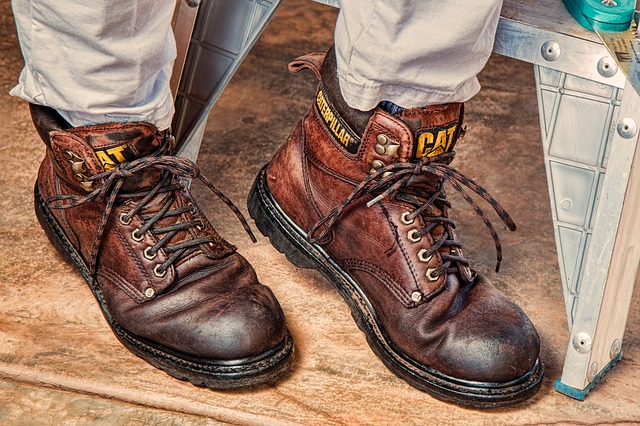Archive for May 2021
The Pain of Sitting All Day
Sitting All Day Is Unnatural
Humans weren’t made to just sit. We were made to stand, to walk, run, jump, twist, turn, bend, lay down, roll, crawl, climb, squat, and maybe, for a few minutes a day, to sit. But at a certain point in (very recent) history, our jobs became seated, our entertainment became seated, our meals, our commute, etc. The list goes on. Sitting has become as prevalent as standing and it is taking its toll on our bodies. If your typical day consists of commuting to work each way, sitting in front of a computer, then sitting on a sofa and watching TV to unwind (with maybe an hour of exercise thrown in), you could be putting your spine at serious risk.
The damage of sitting all-day
Excessive sitting affects every part of the body:
- Damages organs and interferes with digestion
- Increases compression on the spine
- Encourages poor posture habits
- Contributes to obesity and diabetes
- Weakens muscles, and destabilizes the muscular balance
- Causes poor blood circulation
This is just the start. Excessive sitting can be traced as a cause of many of the USA’s most prevalent health problems. So, if your job requires you to sit, and you have a penchant for binge-watching TV after work, make sure that you take steps to undo this damage on a daily basis.
Undoing the damage of sitting all-day
Besides an hour of vigorous workout that gets your heart rate up and works your muscles, you should focus on choosing specific movements that target the parts of your body which suffer the most during sitting. Yoga is an effective modality for doing just that! Here are some of the most effective yoga poses for habitual sitters:
- Downward facing dog
- Spinal twist
- Pigeon pose
- Cat and cow pose
- Child’s pose
Detailed instructions for these poses can be found here: https://www.verywellfit.com/essential-yoga-poses-for-beginners-3566747. If you are interested in redressing all the damage done by sitting, give our office a call to schedule an appointment today.
The Pollen Apocalypse
Allergies are a recent phenomenon
I know lots of people who have allergies, you know lots of people who have allergies. A quick google says more than 50 million Americans experience seasonal allergies each year. Allergies are everywhere. And of course, there are countless remedies, pills, exercises, foods, and many experts telling us how to improve our health to reduce our allergy symptoms ad nauseam. But has it ever occurred to you that seasonal allergies are a recent phenomenon local to only a few places in the world?
This is not your regular conspiracy
No, the big pharma industry did not invent allergies to sell you pills. The problem of seasonal allergies seems to be connected to city planners trying to reduce budgets by planting trees that were easy to maintain. The unforeseen effect of planting cloned trees that were all male is the seasonal allergies we almost all have. Please follow these links to see that I am not making this up.
or
Another quick reference to easily share with your friends is this one on youtube
Why the trees
In nature, there are three tree sexes, monecious, dioecious male or dioecious female. And naturally, there is an even distribution of the three. This is not the case in cities.
The easy to transplant trees, and easy to maintain trees, basically, the cheap trees, mean “cultivation has produced wholly male trees – plants favored by planners since they have no seeds or pods to drop but only pollen. ” The guardian summarizes with this, “Allergenic tree pollen was found to be one of the biggest contributors to hay fever and asthma, and pollen counts have also been rising over the past 15 years.”
So how do we fix it?
Plant different.
If you want to stop inhaling pills to help alleviate your seasonal allergies then there is going to be some work for us to do. Yes, chiropractic adjustments can help but they only go so far. We need to spread the word that there are more costs to plants than the initial price and maintenance. Our choices in cultivation affect our inhalation, like that? 🙂 Chiropractors can’t be experts in every field, pun intended, but we can pass on our own knowledge and I hope you do too. Keep learning and stop by our office any time to learn more.
Back Pain and Your Job: Construction Work Edition
Construction work is another of the professions most affected by back pain
Lifting and bending over account for a large percentage of common back injuries, from muscle sprain to herniated discs. Almost every job in the construction industry requires some kind of lifting. And there is a triple-headed problem that exists here:
- Often the loads present no clear way to lift in a manner conducive to your back’s health
- The loads are too heavy: no one worker should lift over 51 pounds at a time
- We have forgotten proper body mechanics regarding lifting and bending
Most construction workers reading this will agree that they regularly lift more than 51 pounds at a time by themselves. Because lifting is one of the most harmful motions for our back, it is always good to keep your spine’s health in mind while on-site.
Prevention of back pain for construction workers
Prevention of back pain begins before the job starts: every construction worker should stretch before a day that will involve even a mild demand of lifting. Having cold muscles when you go to lift is one of the surest ways to injure yourself. Make sure you give yourself at least 5 minutes of stretching time before each day. Furthermore:
- Use a support belt to lend stability to your core, restrict excessive motion and prevent injury.
- Focus on core strength: your back is one of your greatest and most fragile assets on the job. It behooves you to spend time at home or in the gym strengthening and stretching the core stabilizing muscles.
- Limit the loads you are lifting as much as possible and ask for a helping hand when possible.
We take the health of construction workers’ spines seriously. If you need help rehabilitating injuries sustained on the job, or to prevent them from happening in the first place, give our office a call to schedule an appointment today.



